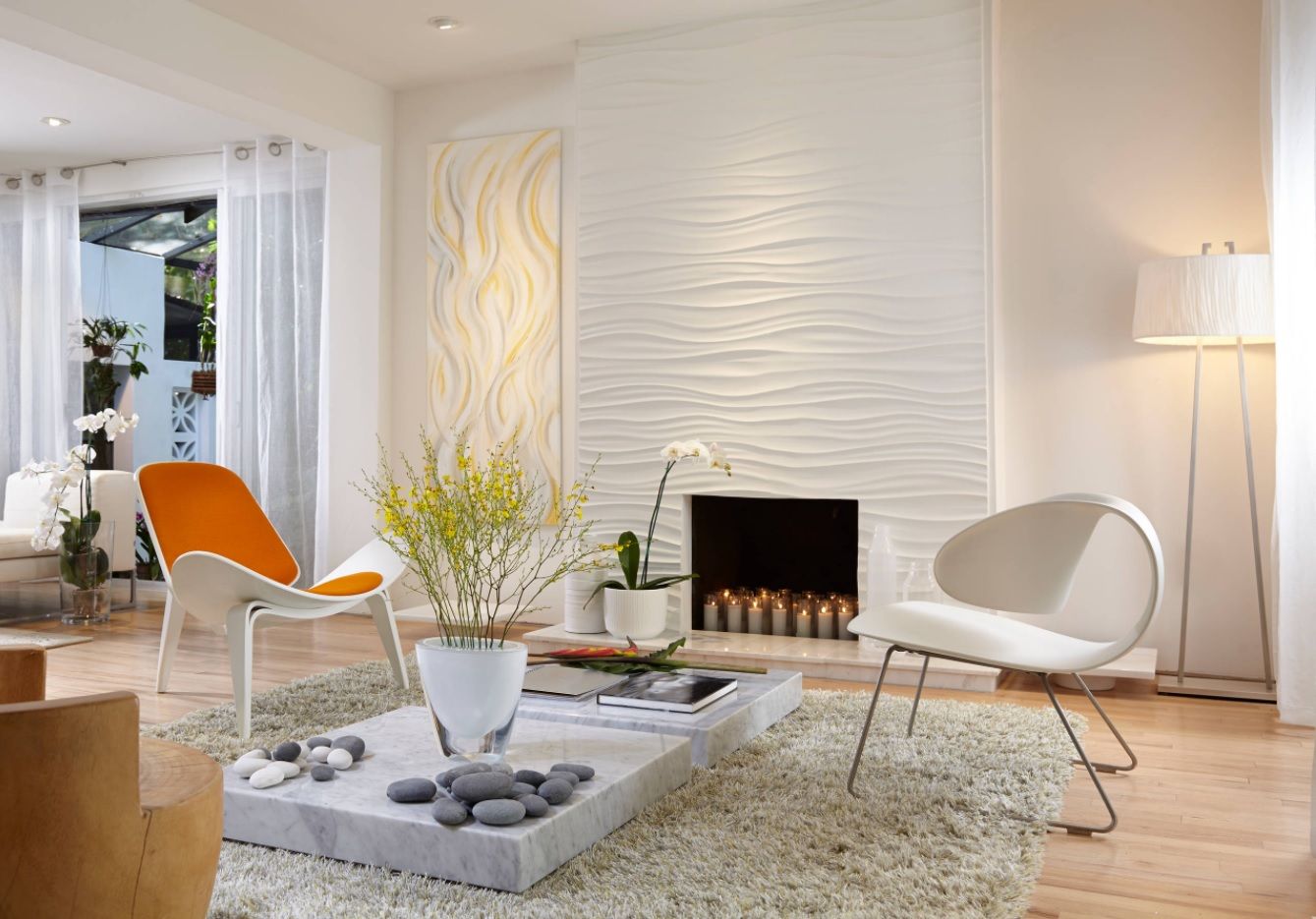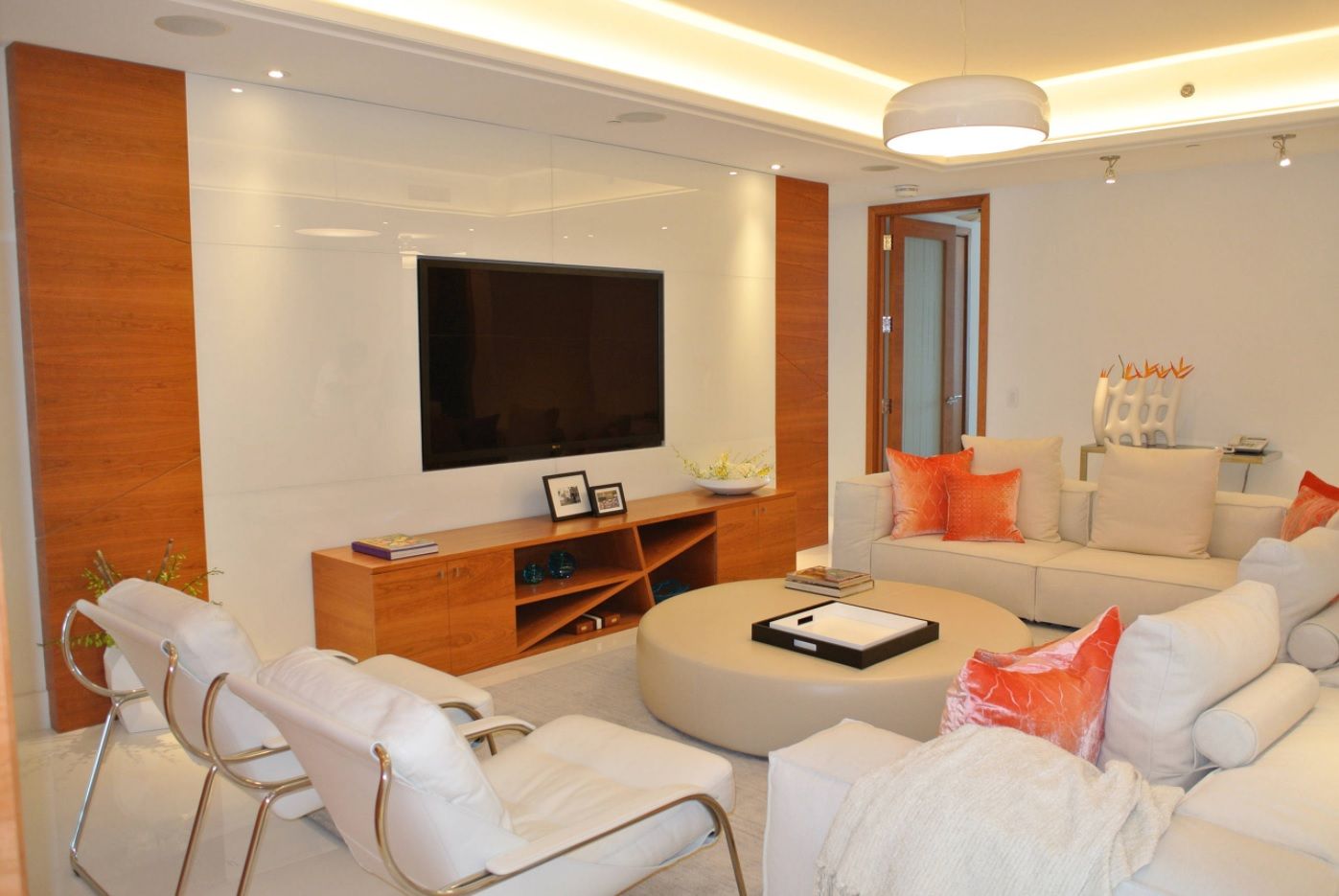Table Of Content

Noren curtains are a type of traditional Japanese curtain that can add a touch of culture and art to a Zen interior. These curtains are typically hung in the doorway, serving as a barrier while also allowing air to circulate freely. Many Noren curtains feature intricate designs and patterns, providing a beautiful focal point for any room. From its locally quarried stone foundation to its zinc-coated copper roof, the cottage was inspired by its surroundings. It is designed to be a relaxing getaway with few distractions from the sea and surrounding nature. The archways progress throughout the interior, leading residents from one room to the next.
What you’ll love about Asian Zen interiors:
Authentic Japanese furniture, such as low-slung tables and floor cushions, can also enhance the Zen atmosphere of a room. These pieces are designed to be functional and comfortable, allowing one to relax and enjoy the present moment. They are often made from natural materials like bamboo and offer a touch of understated elegance. Japanese Zen philosophy also emphasizes purity, simplicity, and tranquility—a focus that has spread to guide modern design around the world. With open floor plans that bring in natural daylight, serene colors and textures, and an emphasis on the outdoors, these projects feel like oases in the modern world. Yuen says cultivating a Zen-like living space is about more than stripping away color and ornamentation.
Kohei Owatari’s Top Plant Choices for Zen Gardens in Southern California
When the sun goes down, opt for dimmers to create the effect of sunlight to keep the harmonious mood going. You need to make sure all the different elements come together well and don’t overwhelm each other. You want your furniture, colors, and layout to feel even and cohesive. If you do it successfully, it will be a place where you can let go and relax. The practice of Zen Buddhism focuses on meditation and a minimalist way of life.
Balance and Harmony
This modern dining room is designed with a low table and four-floor chairs without legs. The sword lamp, a bonsai tree on the table and tatami mat on the floor make this Japanese style zen house design authentic yet fashionable and edgy. Thanks to the minimalist decor it promotes, a zen home is simplistic yet comfortable and functional. The ultimate aim is to bring balance into your life and enjoy the present moment with harmonious interiors that avoid clutter and allow each room to breathe. There are no bright or dramatic colors, and the decor is not attention-grabbing.
While it's up to you to decide what wakes up your senses, don't overlook the importance of adding little sensory touches while creating your zen hideaway. The ideal zen home should appeal to the senses and stimulate inner peace and growth. According to Quiet Minimal, little touches are all it takes to transform your zen home into a tranquil haven. While some add-ons are personal, like your favorite music or scent, others work for almost everyone. For example, relaxing background melodies have a guaranteed calming effect.
7 Design Principles, Inspired By Zen Wisdom - Fast Company
7 Design Principles, Inspired By Zen Wisdom.
Posted: Fri, 22 Feb 2013 08:00:00 GMT [source]
In the Muromachi era (1336–1573), the Ashikaga shoguns spearheaded an artistic resurgence that supported the Zen priesthood. The capital, Kyoto, became the center of impressive temples such as Kinkaku-ji, a three-story pavilion partly covered in gold leaf that glistens under the sun. Karesansui, or rock and sand gardens, reached their zenith in the late 15thcentury with Ryoan-ji. This Zen garden sets 15 stones in groups over coarse white sand, in a purely abstract composition. The effect is deceptively simple, yet invokes a deep meditation in the viewer.

Embrace the tranquility of Zen design and discover how it can elevate the overall ambiance of your living space. Japanese Zen interiors also make ample use of natural materials like wood and stone. These materials bring a sense of warmth and earthiness to the space, connecting us more closely with nature. Smooth pebbles and stones, for instance, can serve as accents in a room, while wooden flooring and walls can add character and depth. Once you have your color schemes, it’s time to think about your furniture. According to The Spruce, experimenting with layers and soft fabrics will create a pleasing look.

Instead, it's all about creating a subtle play of touches, lines, and tones. If you don't have the space to create a separate work area, mingle it with the rest of the interiors. You can set your desk in a concealed corner or empty spot (via LJ Hooker).
This is your chance to create the ripple effect that evokes the feeling of an ocean. While this seems almost deceptively simple, master garden designer Kohei Owatari emphasizes that everything within a Zen Garden must in fact be very well-designed. One must take into account the surrounding nature that already exists and choose each element with care.
Ofuro baths are designed for soaking and relaxation, promoting overall health and well-being. Constructed from woven straw mats, these rooms are comfortable and cozy, making them ideal for relaxation and meditation. Tatami mats also function as natural air filters, absorbing excess moisture and purifying the air. Architect Charlie Lazor designed this peaceful, lakeside prefab in Ontario, Canada with a Japanese-style bathroom, clad in teak, with a matching tub and sink by Bath in Wood. Fujita embraces indoor/outdoor living with high ceilings and full walls that open to the outside. An overall industrial feel is tempered by walls of oak cabinetry, fabricated by MOAA.
Finish up with a black freestanding tub and add some candles with calming aromas like vanilla, lavender, or jasmine to create an inviting and comforting oasis. Of course, while zen interior design heavily emphasises natural hues and shades, that doesn’t mean you have to avoid all colour. Muted shades of bright colours such as red and blue can help to ground your home against the lighter colour scheme of your interior design. Zen interior design is a design style that focuses on the art of minimalism and simplicity. It often features organic materials and natural light to create a clutter-free home that is relaxing and thought-provoking. Minimalist Scandinavian design has become increasingly popular in recent years, drawing inspiration from both Japanese Zen and traditional Nordic aesthetics.
Clutter is discouraged, and hidden storage solutions are employed to maintain a clear, organized environment. Zen design often incorporates rhythmic wooden structural frames, sliding screen doors, and internal courtyards to further instill a sense of minimalism. Indoor water features like fountains and pools can also enhance the Zen atmosphere of a space. The sound of running water can promote relaxation and calm the mind, while the natural element adds a touch of tranquility and serenity to the interior. In addition to visual elements, natural scents can also contribute to a Zen interior's ambiance.
Raking patterns and lines into sand is a famous Zen habit to bring some peace and clarity whenever you feel like you can’t control your worries. They’re extremely important for this style thanks to their calming effect, both because they provide oxygen and because they can reinforce your palette with soothing greens. While high-maintenance flowers that can distract you with their scents aren’t particularly popular with Asian Zen interiors, plants are key. Before focusing on the characteristic features of Asian Zen interiors, there’s an important point that we want you to keep in mind.
Kari’s team includes several premier architects in LA, engineers and contractors, and key Southern California wholesale contacts in the textile, appliance, and furnishings industries. Here’s an example of Platinum Gold flagstone Kohei used to cover an accent wall in the front yard of one of his Japanese Garden design projects. The beautiful stone privacy screen is also the backdrop for this project’s house numbers – another example of combining form with function. He avoids lighter boulders for his Southern California Zen Gardens because they tend to reflect sunlight and become too bright to enjoy.
It fully embraces vibrant and bright shelves that help to make the room pop. Of course, this is complemented by the white walls and wooden floors – which help to tone down the colour of the room so that the design does not look too excessive. Zen focuses on the concept of natural simplicity that has been elevated to become a form of art.
No comments:
Post a Comment